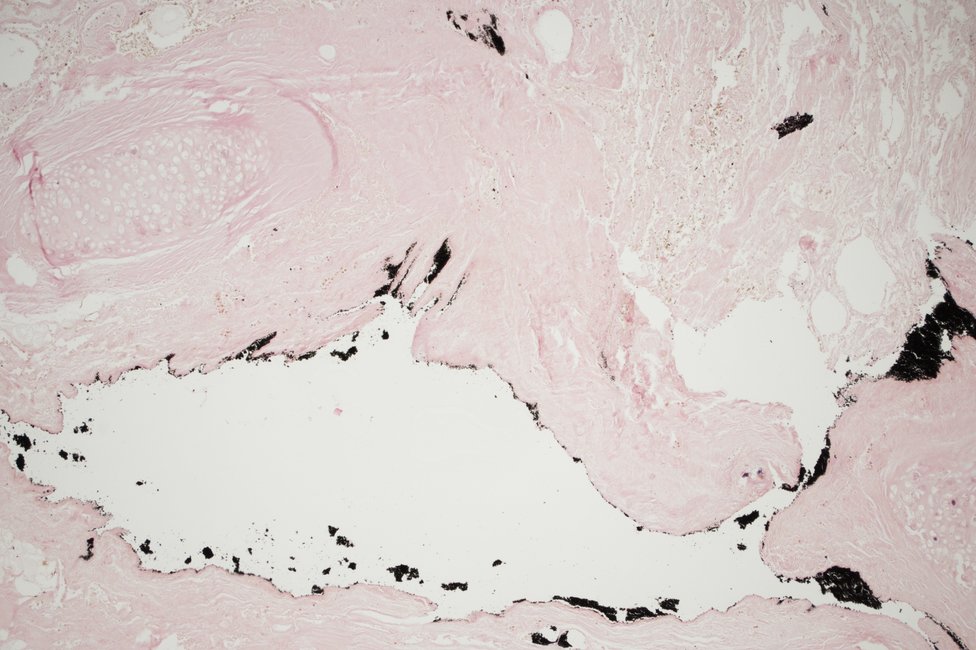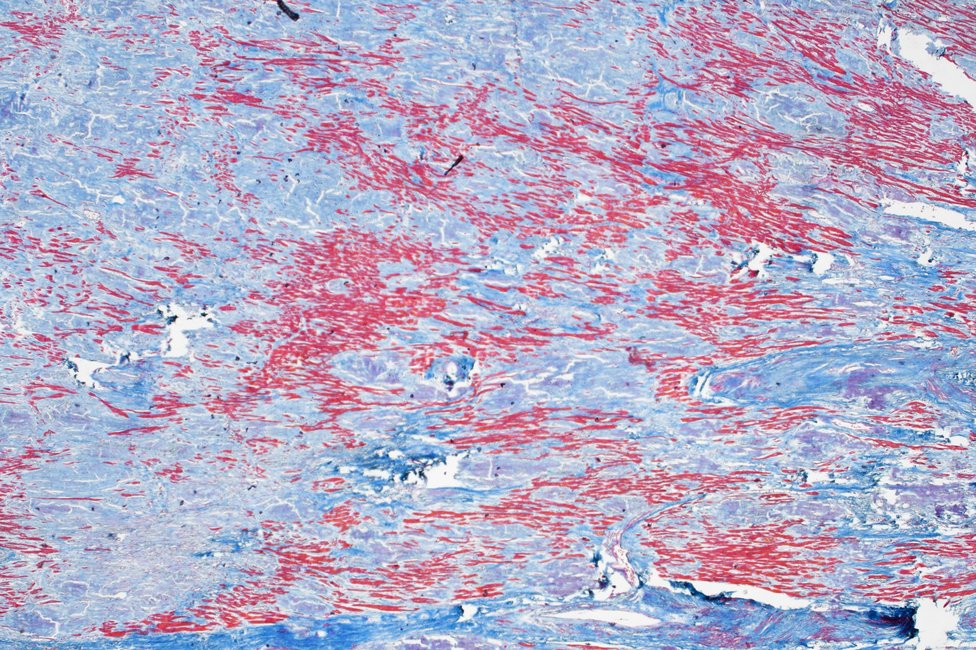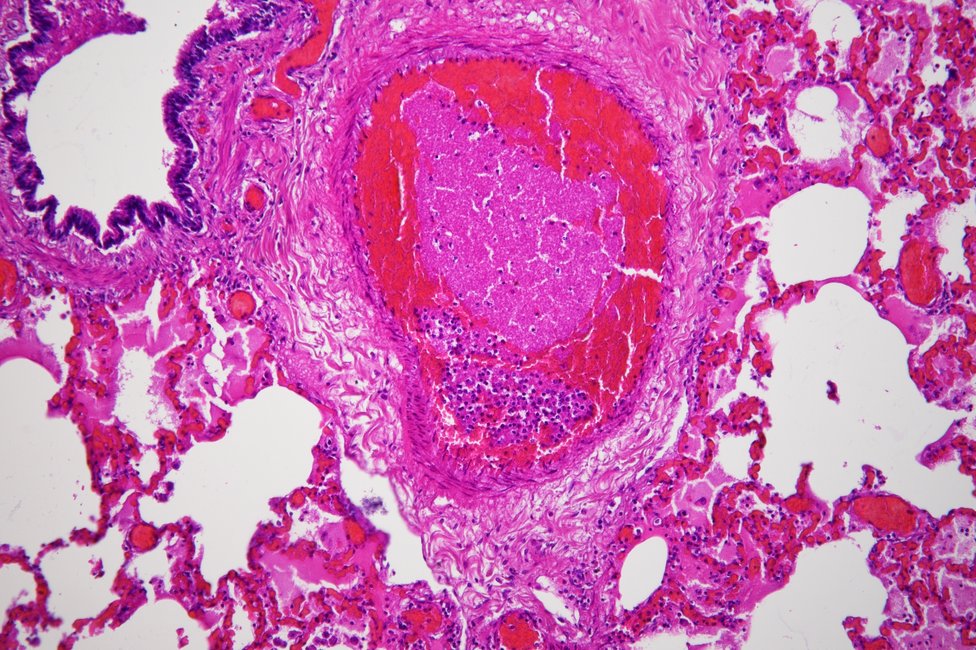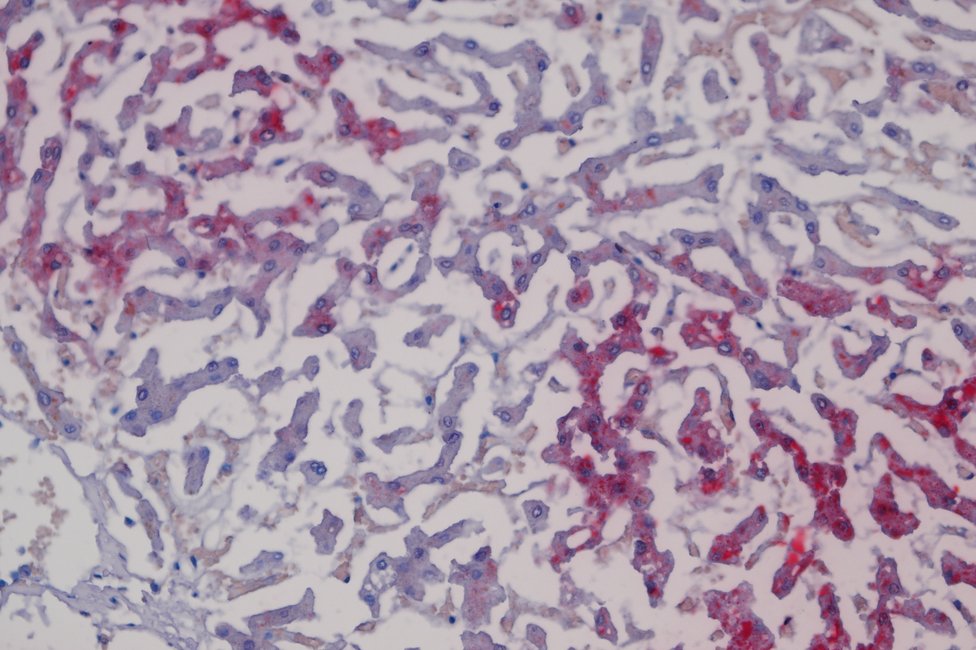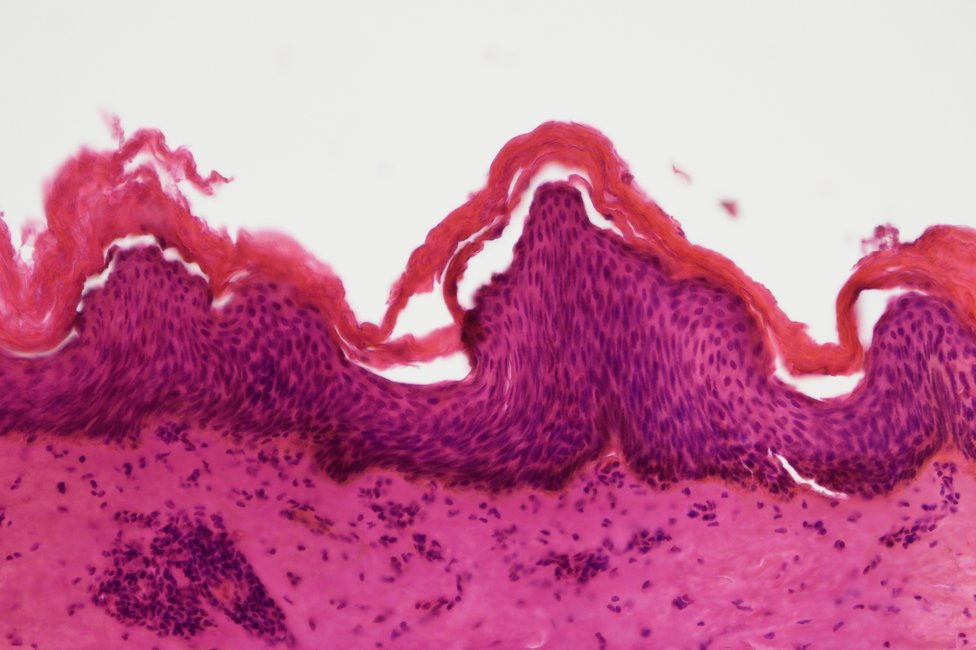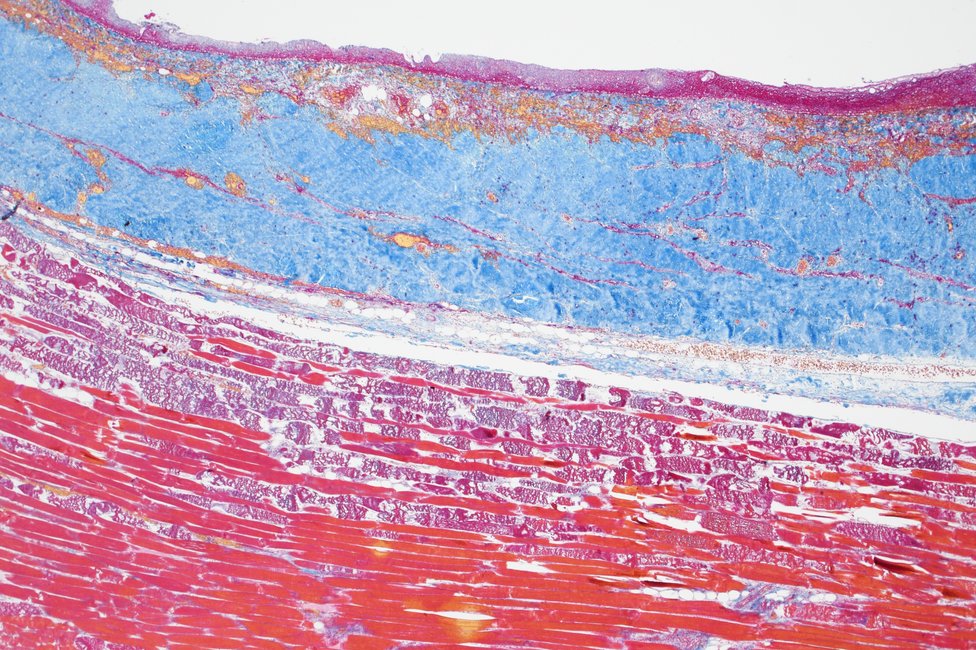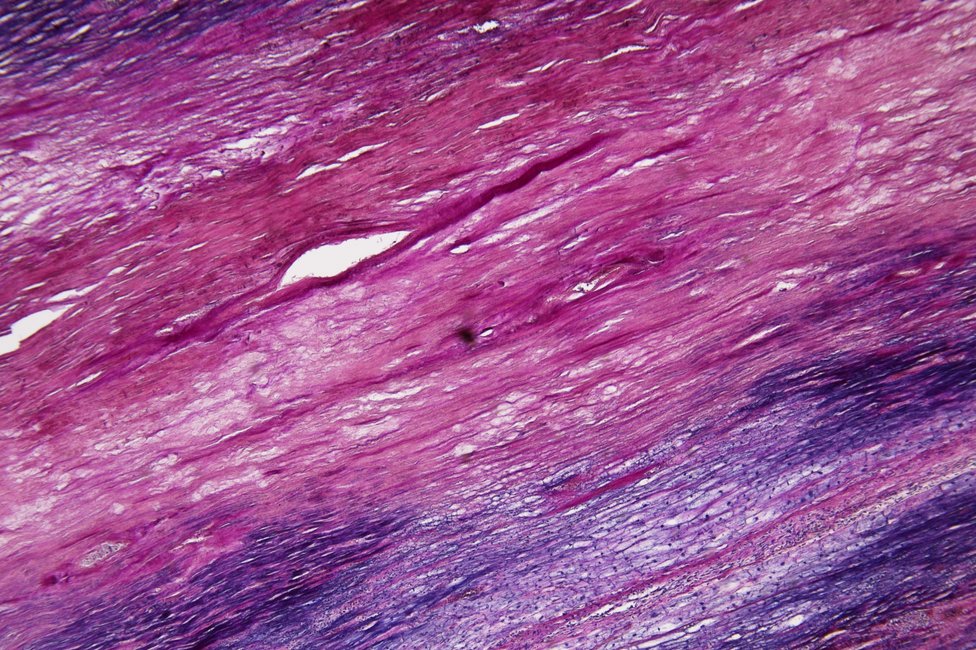Forensic histology assumes an essential role in the context of forensic post-mortem examinations, since specific histochemical and immunohistochemical staining methods can be used to detect statements about the cause of death, e.g., early organ damage caused by oxygen deficiency, but also to determine the age of injuries and to perform vitality tests.
In contrast, special examination methods, especially immunohistochemical techniques, are used in pathology to prepare differentiated diagnoses of diseases as a basis for necessary therapeutic measures.
With the help of immunological examination methods, indications can be obtained within a very short time from various samples such as blood, urine, eye chamber fluid and vitreous body fluid from the corpse, on the one hand, for the presence of centrally active drugs or addictive poisons and, on the other hand, for metabolic disorders.


